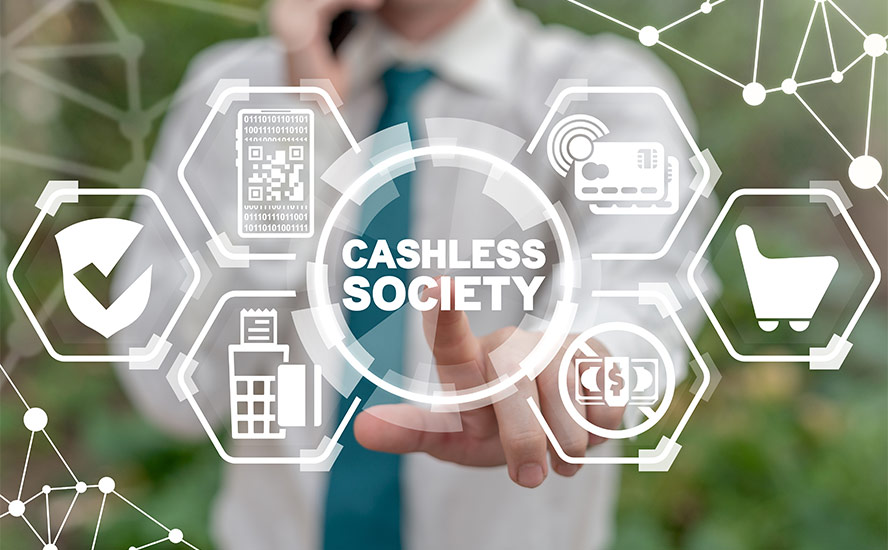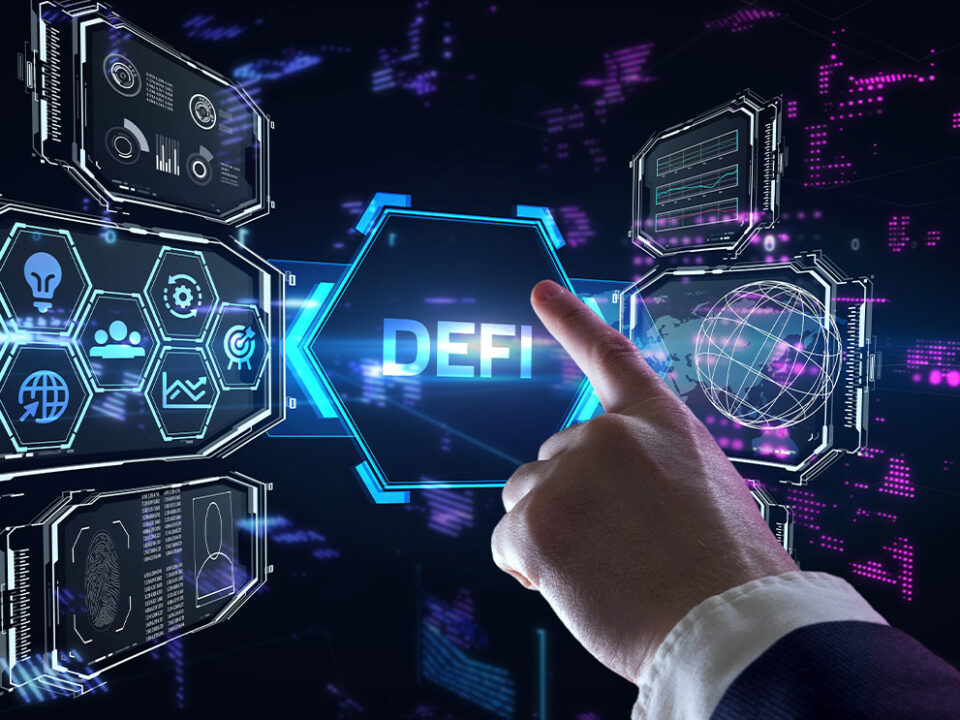Is Blockchain Ready for Primetime?
By Josh Burek – Project Syndicate
CAMBRIDGE – As the crypto winter thaws, and financial institutions renew their interest in digital assets, an old debate has re-emerged over whether blockchain is truly a “trust machine,” as The Economist described it in 2015.
A figure from fifteenth-century Venice can help answer that question. Though he was neither a technologist nor a banker, the friar Luca Pacioli is remembered today for developing the double-entry bookkeeping accounting system that underpins much of the modern economy. It was his ingenious model that introduced debits and credits to the method of recording transactions in two separate accounts.
This seemingly boring and cumbersome tweak to a core business function didn’t just ensure accuracy and curb fraud; it also gave owners new insights into how to run and improve their businesses and cut costs. Under Pacioli’s system, efficiencies soared, commerce accelerated, and the Renaissance took flight. Double-entry accounting became a cornerstone of economic activity because it was simple, easily shared, and undeniably useful. Centuries later, financial statements based on Pacioli’s work became mandatory for any business. Such is the power of a basic infrastructure upgrade.
The broader lesson is that an innovation that makes it from conception to global adoption typically passes three tests of public trust: Does it work? Is it useful? Is it safe? Or put another way, users expect competence, value, and reliability.
Legal Notice / Disclaimer
Ahead of the Herd newsletter, aheadoftheherd.com, hereafter known as AOTH.Please read the entire Disclaimer carefully before you use this website or read the newsletter. If you do not agree to all the AOTH/Richard Mills Disclaimer, do not access/read this website/newsletter/article, or any of its pages. By reading/using this AOTH/Richard Mills website/newsletter/article, and whether you actually read this Disclaimer, you are deemed to have accepted it.









